|
COVID-19 infections continue to climb in the U.S. and since virus symptoms can take up to two weeks to emerge, it’s probable that at some point in the coming months, one of your team members will contract the virus or be exposed to others who have. Operators should have a clear plan of action to follow when this happens, to include sending the sick employee home, closing down any areas used by the employee, informing other staff of the infection, and then cleaning and sanitizing the affected areas in your restaurant. In the meantime, consider what support you would need to operate if and when one or more employees cannot come to work. Ensure there are multiple people cross-trained in daily tasks so you can avoid training someone on the fly. Also consider how you could adjust your seating or traffic flow if you had to temporarily close off any areas of your restaurant for cleaning and disinfection.
Turkey time is coming quickly. Whether you’re planning to pack up full meals to be heated and eaten off-premise, provide Thanksgiving meal kits for home cooks, or serve Thanksgiving meals on site (and obviously boxing up guests’ must-have leftovers), you need to ensure your food is both transported securely at the proper temperatures and consumed in a way that minimizes the risk for foodborne illness. It’s easy for not only turkey but also side dishes to be left out for too long or cooked inadequately, making it easier for bacteria to multiply. Providing your guests with detailed instructions for heating, refrigerating and reheating, and make sure you have well-insulated packaging that will ensure your dishes can be transported at safe temperatures.
You may well be freezing more foods lately amid the uncertainty in the food supply chain and in your customer numbers. Take care to thaw these foods carefully – items left on the counter to thaw may seem frozen even when their outer layer is well within the temperature danger zone (between 40 and 140°F). The USDA advises operators to use only three methods for thawing foods: refrigerating, submerging in cold water and microwaving. The latter two methods are fastest but require more vigilance: When submerging an item in cold water, ensure you use a leak-proof plastic bag to prevent contamination and change the water every 30 minutes. When microwaving, cook the item immediately after thawing in case parts of the food have been partially cooked (and may be in the danger zone).
Restaurant kitchens are used to having to maintain high standards for health and safety. Still, concern about COVID-19 and resulting strains on labor and resources may make it more likely for standards to fall through the cracks in other areas – like allergen safety. Take care to make sure allergen-free foods and the equipment used in their preparation are properly labelled; that these foods are sealed tightly in containers used only for those foods and stored in an area used just for those foods; that you’re using separate equipment, prep stations and utensils; and that your kitchen preparation areas are well-ventilated and cleaned. Granted, the current challenges of social distancing and limiting staff in the kitchen may make this more difficult. US Foods suggests planning ahead carefully to accommodate allergies if your training, resources and space are limited: That could mean committing to preparing allergen-free food only on set times and days, and with allergen-free equipment.
You may have found ways to socially distance tables in your dining room, invent curb-side pickup service outside your restaurant or create an outdoor eating area where one didn’t exist before – but how feasible has it been for you to make the changes to your kitchen that the pandemic has mandated for safety compliance? Restaurant kitchens generally conjure images of busy, loud spaces where people collaborate side by side, proper ventilation is a challenge and mask wearing can hinder both communication and comfort. That model doesn’t work anymore – so what can be done to both keep your kitchen busy with food preparation and minimize risks to staff? Futuristic Labs founder Goutham Gandhi says automation, which has become the norm in so many other facets of our lives, still has a long way to go in the kitchen – and the pandemic may fast-track its deployment. In a recent Modern Restaurant Management report, he predicts that the use of tools such as Riku, an automatic rice and curry maker that creates a range of recipes, will become the norm. This winter may prove telling in that area, particularly if and when operators experience last-minute labor shortages due to illness or lockdowns. Even if the automation of food preparation tasks isn’t practical for you, it’s still important to assess your menu and identify ways to minimize the labor and time required to prepare it. That may involve incorporating more speed-scratch and frozen foods, and identifying areas where labor-saving tools, technology or procedures may help you do more with less staff.
Safety is central to hospitality these days – and will continue to be so for the foreseeable future. So it makes sense that travel and hospitality review sites would try to help consumers identify businesses that have made a clear commitment to protecting guest safety (and in the process, penalize those that don’t). Tripadvisor’s recently added Travel Safe feature filters businesses including restaurants by their health and safety protocols. The feature must be activated by the business and relies upon businesses to share and promote their safety practices. This may become the norm on more review sites as the pandemic persists, so keep tabs on the sites where your business may be rated and reviewed – and be ready to provide information about the precautions you’re taking.
Has COVID-19 introduced new cleaning and sanitizing methods and products to your operation? Just be aware of any hazards of newer chemicals your staff uses to clean food surfaces and non-food surfaces. As Chris Boyles of Steritech recently told Winsight Grocery Business, touch points like door handles in the freezer can be difficult to clean and sanitize – and may need to be treated more frequently and with new chemical solutions intended for the coronavirus. If that’s the case for you, ensure your staff is well aware of how to treat those solutions, and particularly on which surfaces they can and can’t be applied. He said, “We frequently remind staff about the very serious dangers – potentially lethal dangers – of mixing different chemicals, for example, chlorine disinfectants with quat sanitizers.”
Don’t let hurricane season or other severe weather events compromise food safety at your restaurant. If possible, take steps now to safeguard your facility against weather threats. The USDA advises designating space well off the floor to store non-perishable items that would otherwise be contaminated in the event of a flood. Have appliance thermometers in your refrigerator and freezer to monitor temperatures during power outages. You can also better preserve foods by freezing items in your refrigerator that you won’t need right away, grouping frozen items together to keep them cold longer, and using gel packs, frozen containers of water and dry ice to maintain cold temperatures in your freezer if your power is out for an extended period.
Hand sanitizer dispensers have become a common sight at restaurant entrances, in restrooms and on tables in recent months. While thorough handwashing with soap and water is the gold standard when it comes to preserving hygiene, hand sanitizers can be a helpful tool in managing the spread of germs in various parts of a restaurant. Just make sure your staff is aware of how to use sanitizers most effectively – and where they fall short. Sanitizers cannot protect against the bacteria that causes diarrhea, so they are best used in conjunction with washing with soap and water, or in situations where handwashing isn’t possible – not as a substitute for handwashing or as a reason to delay it. To be effective, sanitizers should contain, at a minimum, 60 percent alcohol. Finally, despite the expense of sanitizers, don’t cut corners when sourcing them. Purchase them from a supplier who can ensure quality.
|
subscribe to our newsletterArchives
April 2024
Categories
All
|
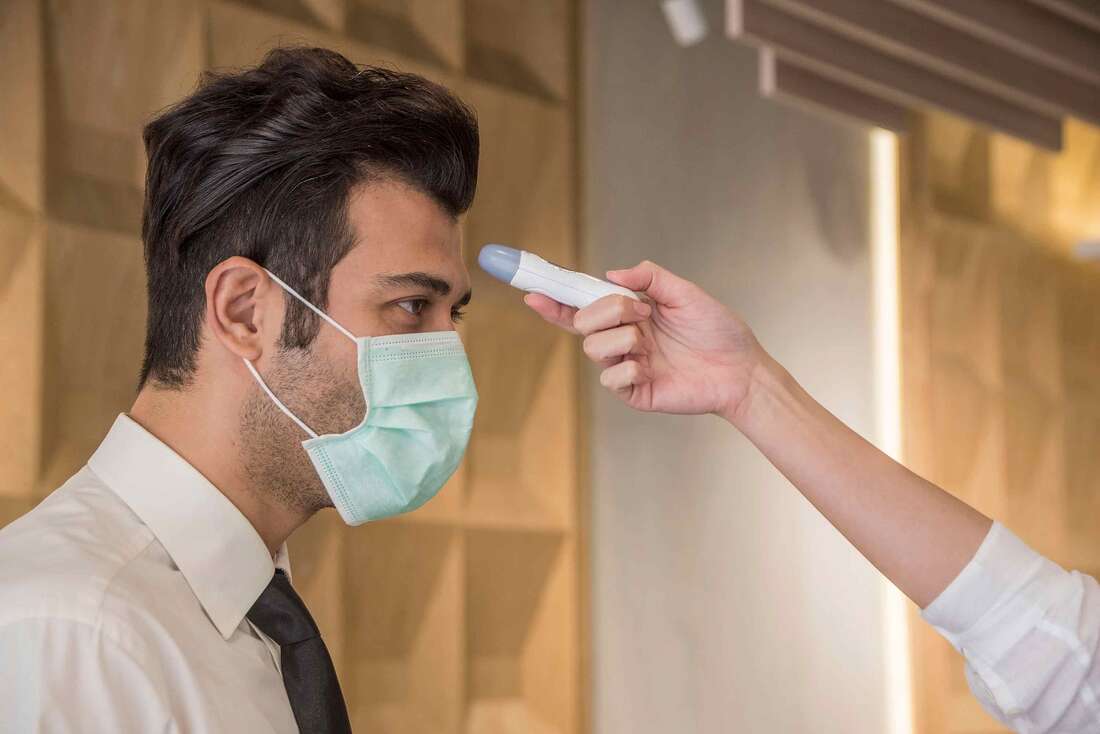
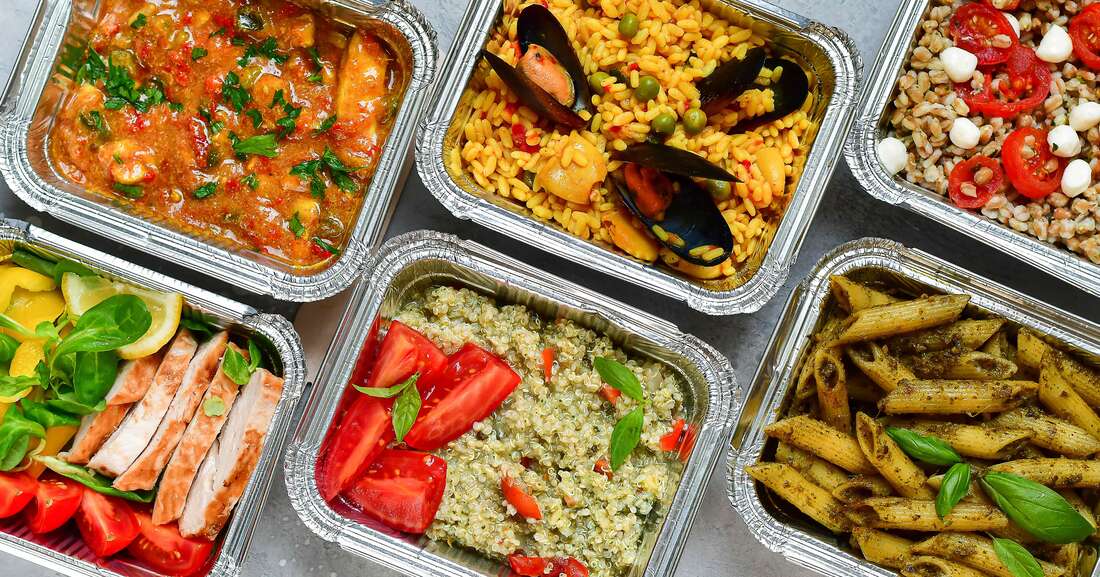
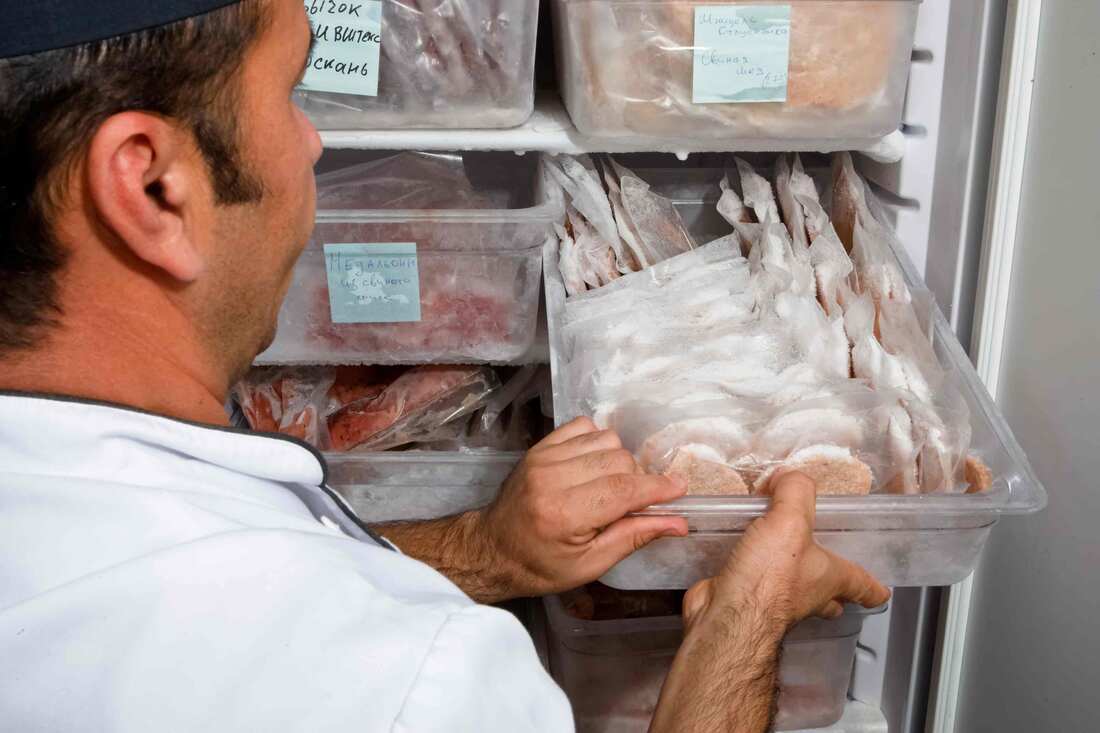

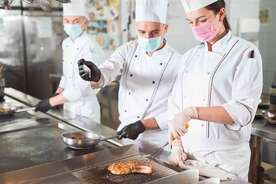
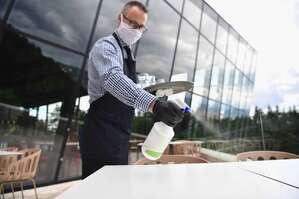

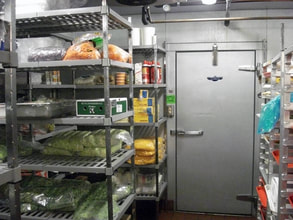
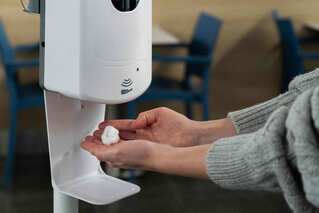


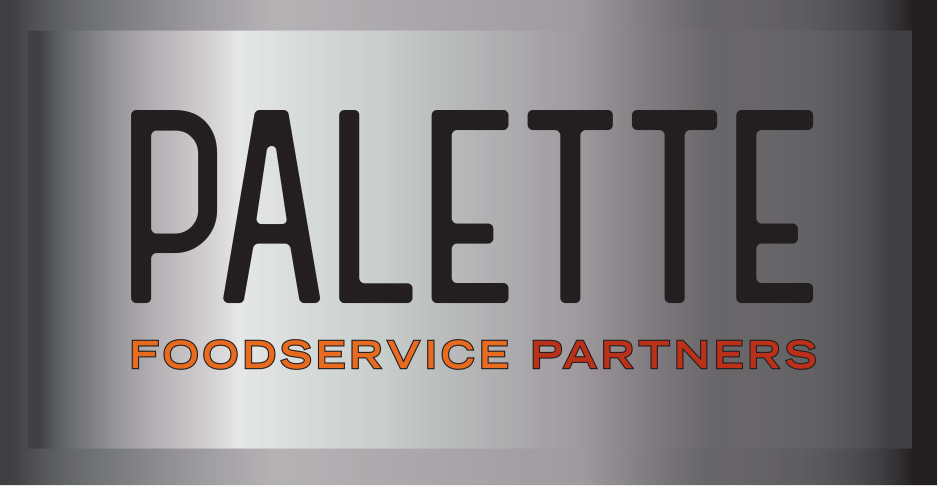
 RSS Feed
RSS Feed